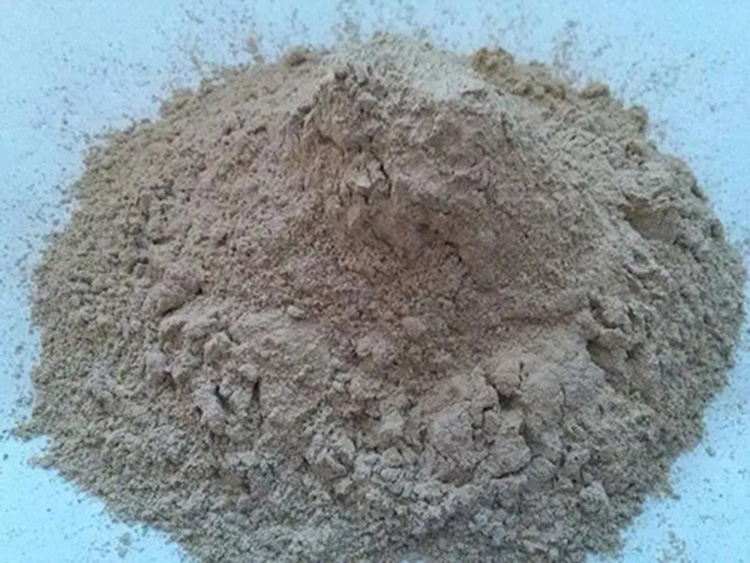Refractory materials are essential in high-temperature processes in metallurgy, construction, and chemical industries. Their performance and quality are closely related to their raw materials. This article explores the roles of these raw materials, including providing high-temperature resistance, enhancing structural strength, and influencing wear resistance.
1. Providing High-Temperature Resistance: Ensuring Process Stability
One of the primary functions of refractory materials is to offer high-temperature resistance, maintaining structural stability under extreme heat. Key raw materials like alumina, magnesia, and calcium oxide have high melting points and thermal stability, which resist thermal expansion and shock. These materials, combined with other auxiliary components, create refractory materials that ensure stable high-temperature processes.

2. Enhancing Structural Strength: Prolonging Service Life
Binders and enhancers in refractory raw materials improve the material’s structural strength, enhancing its compressive, flexural, and tensile properties. Binders bond the raw materials into a cohesive structure, increasing strength and stability. Enhancers fill micro-pores and defects, improving density and wear resistance. These roles contribute to the high structural strength of refractory materials, extending their service life.
3. Affecting Wear Resistance: Improving Performance
Refractory materials often face wear and erosion in high-temperature processes, so the selection and ratio of raw materials significantly influence their wear resistance. Factors such as particle shape, hardness, and size distribution determine the material’s wear performance. Choosing the right raw materials and controlling their ratios can enhance wear resistance, reducing erosion and improving overall performance.
4. Affecting Thermal Conductivity: Optimizing Process Efficiency
The thermal conductivity of refractory raw materials impacts the efficiency and energy consumption of high-temperature processes. Components like thermal conductivity mediators and fillers can improve the material’s heat transfer properties. Optimizing the thermal conductivity of refractory materials speeds up heat transfer, increasing process efficiency and reducing energy consumption.
Refractory raw materials play crucial roles in high-temperature resistance, structural strength, wear resistance, and thermal conductivity, all of which contribute to the efficiency and durability of high-temperature processes. Future advancements in raw material research will continue to meet evolving high-temperature process demands.
4o
